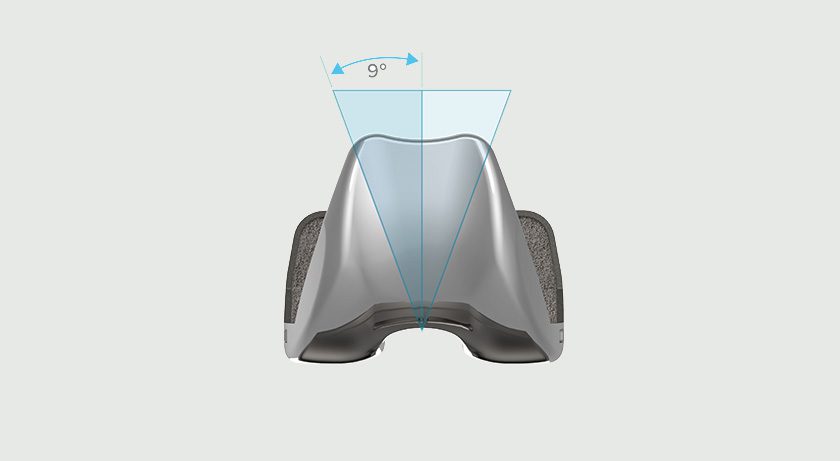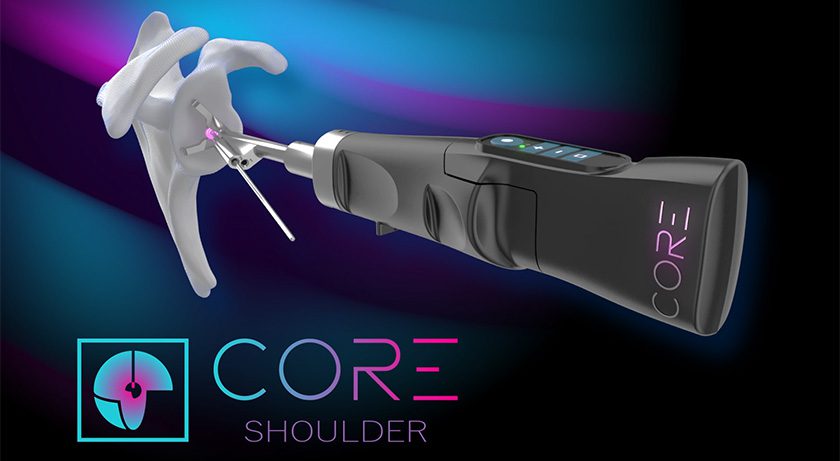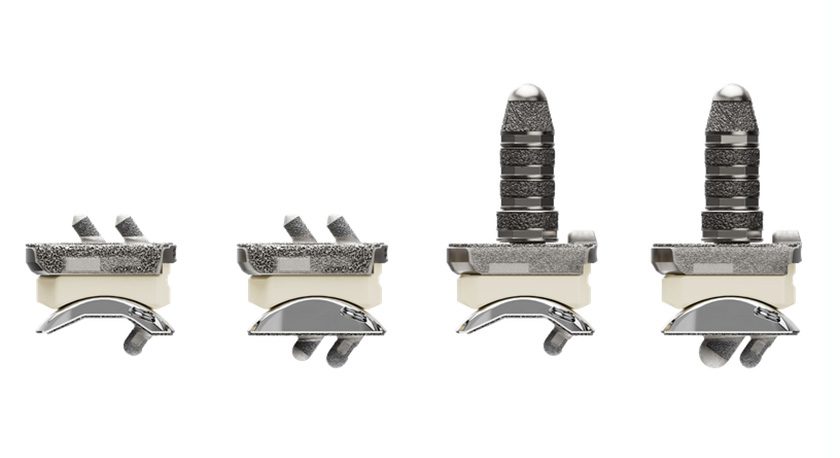

 Copy to clipboard
Copy to clipboard 
Total Joint Orthopedics (TJO) notes that results of a study, “Radiographic and Clinical Comparisons of a Modern Symmetrical versus Asymmetrical Implant Design in Primary Total Knee Arthroplasty,” found that patient outcomes were similar across both implant types, while the symmetrical group showed significantly better radiographic patellar tracking.
The findings build on growing evidence that the TJO Klassic Knee’s universal femoral design reduces the operating room footprint and improves overall operational efficiency—without sacrificing clinical results. Orthopedic Professor and principal investigator Christopher E. Pelt, M.D. of the University of Utah noted, “Our study demonstrated no differences in complications or clinical outcomes between the asymmetrical and symmetrical designs, yet the symmetrical group showed less lateral patellar tilt on radiographs. This suggests a modern universal femoral design can perform at least as well as an anatomically-specific implant, while potentially offering meaningful advantages in operating room efficiency.”
TJO offers the only modern universal femur on the market, the Klassic Femur.
Erin Hofmann, President and CEO of TJO, emphasized the importance of these results for healthcare institutions looking to enhance value. “We’re thrilled that this research confirms how a true universal design can match or outperform conventional implants in critical areas such as patellar tracking. Given the mounting cost pressures on surgeons, hospitals, and ambulatory surgery centers, innovations that simplify procedures and reduce waste—while offering excellent patient outcomes—represent a genuine step forward in orthopedic care.”
Source: Total Joint Orthopedics
Total Joint Orthopedics (TJO) notes that results of a study, “Radiographic and Clinical Comparisons of a Modern Symmetrical versus Asymmetrical Implant Design in Primary Total Knee Arthroplasty,” found that patient outcomes were similar across both implant types, while the symmetrical group showed significantly better radiographic patellar...
Total Joint Orthopedics (TJO) notes that results of a study, “Radiographic and Clinical Comparisons of a Modern Symmetrical versus Asymmetrical Implant Design in Primary Total Knee Arthroplasty,” found that patient outcomes were similar across both implant types, while the symmetrical group showed significantly better radiographic patellar tracking.
The findings build on growing evidence that the TJO Klassic Knee’s universal femoral design reduces the operating room footprint and improves overall operational efficiency—without sacrificing clinical results. Orthopedic Professor and principal investigator Christopher E. Pelt, M.D. of the University of Utah noted, “Our study demonstrated no differences in complications or clinical outcomes between the asymmetrical and symmetrical designs, yet the symmetrical group showed less lateral patellar tilt on radiographs. This suggests a modern universal femoral design can perform at least as well as an anatomically-specific implant, while potentially offering meaningful advantages in operating room efficiency.”
TJO offers the only modern universal femur on the market, the Klassic Femur.
Erin Hofmann, President and CEO of TJO, emphasized the importance of these results for healthcare institutions looking to enhance value. “We’re thrilled that this research confirms how a true universal design can match or outperform conventional implants in critical areas such as patellar tracking. Given the mounting cost pressures on surgeons, hospitals, and ambulatory surgery centers, innovations that simplify procedures and reduce waste—while offering excellent patient outcomes—represent a genuine step forward in orthopedic care.”
Source: Total Joint Orthopedics

You are out of free articles for this month
Subscribe as a Guest for $0 and unlock a total of 5 articles per month.
You are out of five articles for this month
Subscribe as an Executive Member for access to unlimited articles, THE ORTHOPAEDIC INDUSTRY ANNUAL REPORT and more.
JV
Julie Vetalice is ORTHOWORLD's Editorial Assistant. She has covered the orthopedic industry for over 20 years, having joined the company in 1999.







